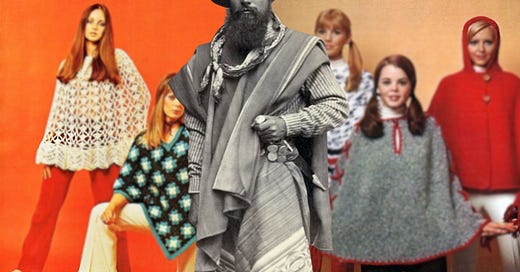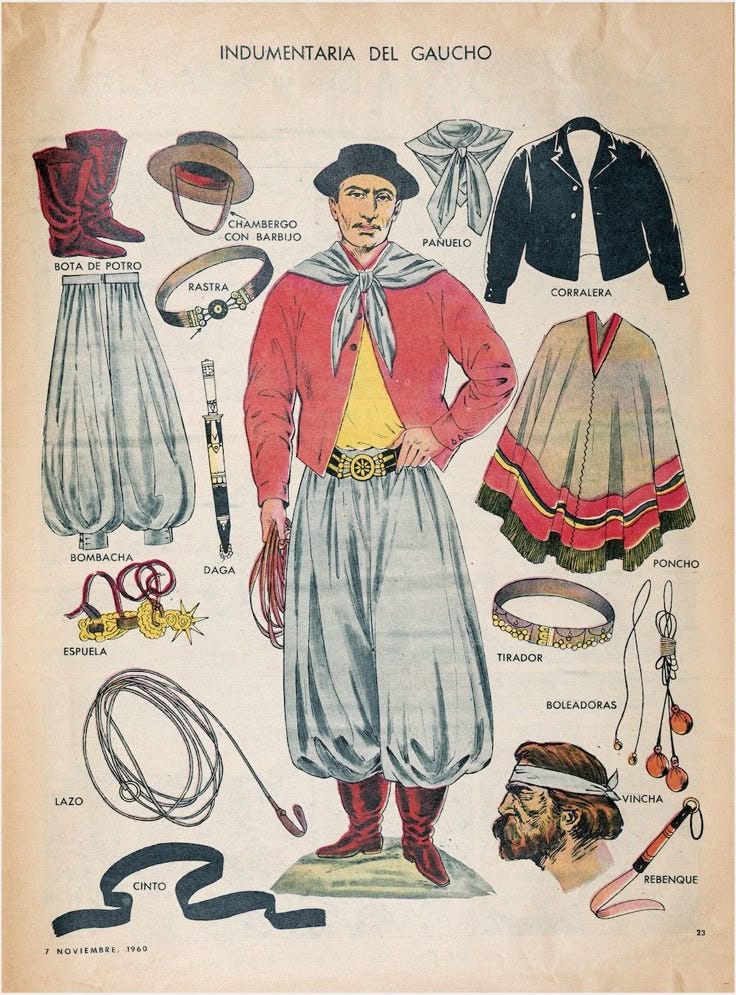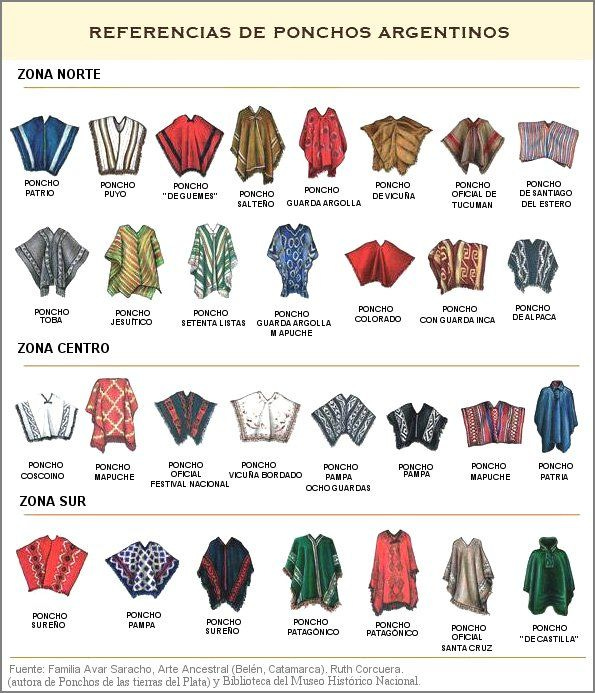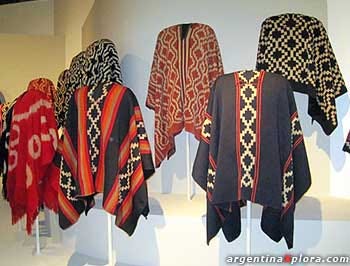As I made my way to school the radio played in the background with the voice of the announcers. I rarely pay attention to FM talking points but that day a natural dialogue between reporters stopped my mind. A reporter was at a meeting on the outskirts of the city and revealed that he was wearing a poncho. As a spontaneous act that arose from his decision for that day.
Contrary to what you might expect the panel present in the studio began to laugh and adjectivize the reporter and his poncho. “Now you're a gaucho”, ‘Go to the countryside’ and other somewhat derogatory comments. At the time, those words could pass without a problem. However, why do we cling to the idea that the poncho is only worn by people who live in the countryside?
It is as if we lost an essential part of our culture. We forget about garments that for years have been traditional Latin American textiles. We are stripping ourselves of them. Nowadays, it is more normal to wear jeans and a white T-shirt than regional garments. They should be considered a national seal but today more than ever we are more addicted to fast fashion.
Some understand the value of a poncho, others do not. The situation of the radio is a reflection of the collective thinking, unfortunately. Who remembers seeing more than ten people wearing a poncho in the streets of Buenos Aires or Rosario?
The poncho is part of our ancestral culture that despite its antiquity is still contemporary and adapts to modernity. We laugh at someone when they wear a poncho but then we applaud the presence of one on the catwalks of luxury brands like Yves Saint Laurent or Dior.
Now that we take away its stereotype,
What is a poncho?
A poncho is a warm garment. Its rectangular or square design has an opening for the head and is characterized by its thick and heavy fabric. A craftswoman can spend up to four months to make it. The fibers of the fabric can be obtained from llama, alpaca, sheep, guanaco or vicuña.
According to Argentina's Secretary of Culture:
The process of converting wool into yarn is an entirely artisanal task. The fibers obtained are cleaned, dried in the sun, stretched to form a fleece and left ready to be spun by hand, with the help of a spindle or a spinning wheel, wooden elements similar to a spinning top, which help to facilitate the process. Industrial spindles or puskas have also been incorporated in the spinning of natural fibers.
The colors of the fabric vary according to natural or industrial dyes. The level of craftsmanship of the garment or its mass production determines the details of the ponchos. Red colors are obtained from the ceibos, blue from the mulberries, green from the molle, yellow from the mikuma and gold from the rhubarb. Nut shells, yerba mate, onion, carob, jarilla or beet also provide a varied palette of colors.
What was important in this radio conversation were the subjectivities that were attributed to a single garment. Removing the stereotype, those characteristics that define the poncho erroneously or not, allows liberation. Wearing what we want, extinguishing collective thinking and reconnecting with fabrics so special and original to our region allows not only to know new sectors of fashion but also to build our style.







